Planning a group vacation sounds like a dream until you realize you’re essentially herding cats with different budgets, schedules, and opinions about what constitutes fun. One person wants to wake up at sunrise for hiking while another considers anything before noon a personal attack.
Add in dietary restrictions, accommodation preferences, and the inevitable person who changes their mind three times about everything — and you’ve got yourself a logistical puzzle that would challenge a NASA mission planner. The good news? With some smart planning and clear communication, group trips can be absolutely incredible.
There’s something magical about sharing new experiences with your favorite people, splitting costs, and having built-in company for everything from museum visits to late-night snack runs. Here is a list of 15 practical tips that will help you organize a group vacation that everyone will actually want to remember fondly.
Set a Realistic Budget Early

Money talks can get awkward fast, though having this conversation upfront saves everyone from unpleasant surprises later. Start by asking everyone their comfortable spending range for the entire trip — including flights, accommodation, food, and activities.
Think of it like setting the foundation for a house where everything else gets built on top of this decision. Be honest about costs from the beginning because nothing kills vacation vibes quite like someone realizing they can’t afford half the planned activities.
Create a shared document where everyone can see the projected expenses, and always add a 15-20% buffer for unexpected costs since vacations somehow always cost more than expected.
Choose Your Group Size Wisely

There’s a sweet spot for group vacation sizes, and it’s smaller than you might think. Four to six people tend to work best — you can still make decisions without needing a full democratic process, and restaurant reservations don’t require calling three weeks in advance.
Larger groups inevitably splinter into smaller factions anyway, which defeats the purpose of traveling together. Think about it like trying to get everyone to agree on a pizza topping: the more people involved, the more likely you’ll end up with something nobody really wants.
Consider the dynamics too, because that friend who’s delightful in small doses might become exhausting when you’re stuck with them for a week straight.
Like Travel Pug’s content? Follow us on MSN.
Pick a Trip Coordinator

Every group needs someone willing to take charge of the logistics — and this person deserves both gratitude and patience from everyone else. The coordinator doesn’t get to make all the decisions unilaterally, yet they do handle the grunt work of researching flights, comparing accommodation options, and keeping track of who paid for what.
This role works best when it goes to someone who actually enjoys planning and has decent organizational skills. The rest of the group needs to respect the coordinator’s time by responding promptly to questions and requests for information.
It’s like having a designated driver: everyone benefits, but the person doing the work deserves some consideration in return.
Book Accommodations That Work for Groups

Vacation rentals usually beat hotels for group trips since you get common spaces where people can hang out together and kitchens where you can prepare some meals. Look for places with enough bathrooms that people aren’t queuing up like it’s a concert venue — and bedrooms that offer some privacy when folks need to decompress.
Read reviews carefully, especially the ones that mention groups, because sometimes places that look perfect in photos turn out to have paper-thin walls or neighbors who call the police at 9 PM. Consider the location carefully too: being slightly outside the main tourist area can save money and give you more space, though make sure transportation into town is reasonable.
Plan Transportation Together
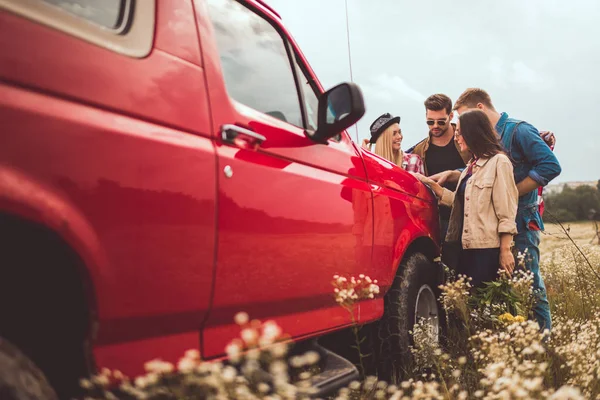
Getting everyone to the same place at roughly the same time requires more coordination than you’d expect. If people are flying in from different cities, try to coordinate arrival times so nobody’s sitting alone at the airport for four hours.
Ground transportation works better when it’s shared — rent a van or large SUV rather than trying to coordinate multiple vehicles, especially in unfamiliar destinations. Think of transportation planning like choreographing a dance routine where everyone needs to know their steps and timing.
For longer road trips, establish driving shifts upfront and ensure everyone on the insurance is comfortable with the planned route, while public transportation can work great in cities if you research group ticket options beforehand.
Like Travel Pug’s content? Follow us on MSN.
Create a Flexible Itinerary
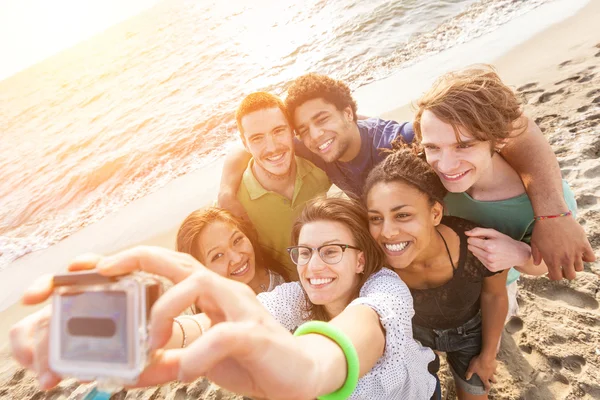
The best group itineraries have structure without being rigid minute-by-minute schedules that fall apart when someone needs an extra coffee stop. Plan one or two anchor activities per day that everyone wants to do — then leave space for spontaneous discoveries or people who need downtime.
It’s like meal planning: you want the main dishes figured out, but you can improvise the sides based on what looks good at the market. Build in buffer time since groups move slower than individuals, and someone always needs to run back to grab something they forgot.
Consider having a few backup indoor activities researched in case the weather doesn’t cooperate, and always identify a central meeting spot in crowded areas where people can regroup if they get separated.
Handle Food Planning Smartly

Food can make or break a group trip, especially when dealing with different dietary restrictions, budgets, and opinions about what constitutes a good meal. Plan to cook some meals together at your accommodation — it saves money and creates natural bonding time, plus someone usually emerges as the group chef and enjoys showing off their skills.
Research restaurants in advance, while keeping reservations flexible, since group preferences can shift unexpectedly. Create a shared list of dietary restrictions and food allergies, so nobody gets stuck trying to remember who can’t eat what while standing in a restaurant.
Consider doing grocery runs together at the beginning of the trip to stock up on snacks, breakfast items, and drinks, because convenience store prices near tourist areas will drain your budget faster than a leaky boat.
Establish Communication Ground Rules

Group chats are essential for coordinating during the trip, though they can quickly become overwhelming noise machines if not managed properly. Create one main chat for important logistics — and maybe a secondary one for sharing photos and random observations throughout the day.
Establish quiet hours for the chat, so people aren’t getting pinged at 6 AM with photos of someone’s breakfast. It’s like having house rules: everyone needs to know the expectations upfront. Make sure at least two people in the group have international phone plans or reliable access to Wi-Fi if you’re traveling abroad, and download offline maps and translation apps before you leave, while sharing important information like accommodation addresses and emergency contacts with everyone in the group.
Like Travel Pug’s content? Follow us on MSN.
Prepare for Different Energy Levels

Not everyone has the same vacation style — and that’s actually fine as long as you plan for it. Some people want to pack every minute with activities, while others prefer to read books by the pool with occasional forays into civilization. Build flexibility into your plans, so the early birds can do morning activities while night owls sleep in, then everyone can meet up for afternoon adventures.
Think of it like a jazz ensemble: everyone’s playing the same song but with their own variations and solos. Establish meeting points and times for group activities, yet don’t guilt trip people who want to skip something that doesn’t interest them, because sometimes the best vacation memories come from splitting up during the day and then reconvening to share stories over dinner.
Share Costs Transparently
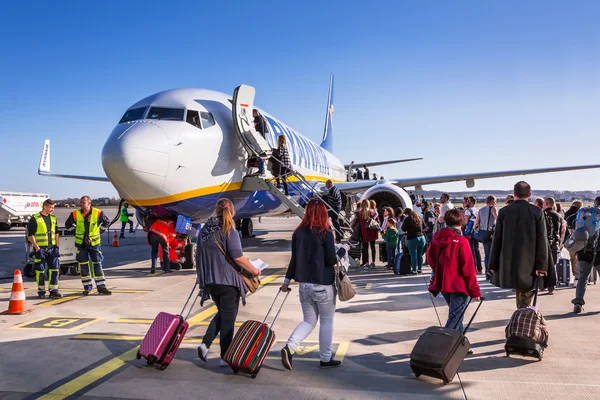
Money management can get messy fast when multiple people are paying for different things throughout the trip. Use apps like Splitwise or Venmo to track shared expenses as they happen rather than trying to reconstruct everything at the end. Designate who pays for what upfront — maybe one person handles all restaurant bills while another covers the activity tickets, and everyone settles up daily.
It’s like having a running tab at a bar, except you actually want to keep track of what everyone owes. Save receipts for major shared expenses and take photos of them immediately since paper receipts have a mysterious tendency to disappear, and be generous with small amounts while being precise with large ones, because nobody cares about splitting a $12 coffee run exactly, but everyone cares about their fair share of a $300 dinner.
Research Local Culture and Customs
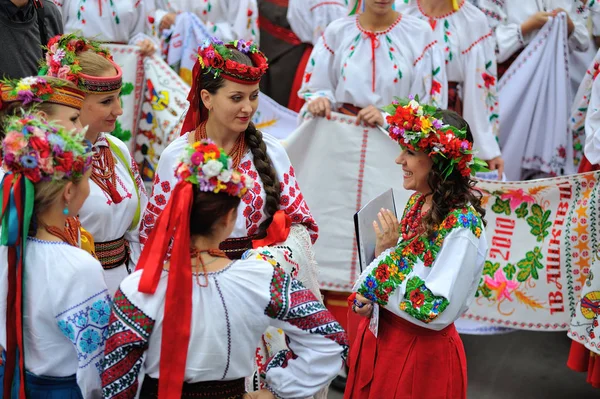
A little cultural homework goes a long way toward having a smoother trip and avoiding inadvertent rudeness. Research basic etiquette, tipping customs, and any cultural sensitivities that might affect your group’s behavior.
Learn a few key phrases in the local language even if you’re not linguistically gifted because locals appreciate the effort, and it can help in practical situations. Think of cultural research like studying the rules before playing a new board game where you’ll have more fun and make fewer embarrassing mistakes.
Look into local festivals or events that might be happening during your visit, as these can provide amazing experiences, though they might also affect transportation and accommodation availability, while understanding things like typical meal times, business hours, and dress codes can prevent your group from looking like obvious tourists stumbling around confused.
Like Travel Pug’s content? Follow us on MSN.
Pack Smartly for Group Dynamics
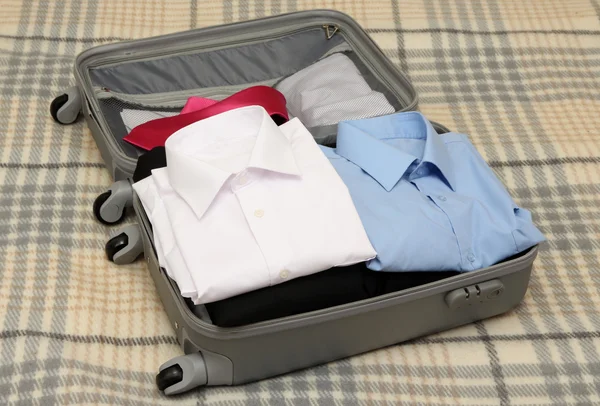
When you are with individuals for a long time, individual packing assumes greater importance. Pack your essential items in quantities sufficient that you won’t have to borrow constantly, plus pack items like phone chargers, first-aid kits, or entertainment that would be good to share.
It would be like a potluck dinner in which everyone contributes something good to the whole experience. Pack at least one nice outfit for meals together and unexpected chances, and pack those comfortable walking shoes you have worn in.
Plan for Downtime
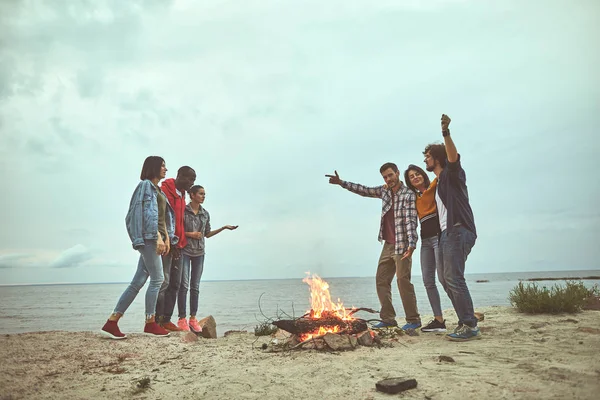
Even the most social people need breaks from group interaction, and smart planners build this into the schedule rather than waiting for tensions to arise. Schedule some free time each day when people can pursue individual interests, take naps, or just decompress in their own space.
Think of downtime like rest periods during a workout where they’re not laziness but essential for maintaining performance. This is especially important on longer trips where people might start getting on each other’s nerves by day four. Some folks might want to explore solo while others prefer to read or call family back home, and having accommodation with common areas and private spaces gives people options for socializing or solitude as their energy levels dictate.
Prepare for Problems

Things will go wrong on group trips because flights get delayed, weather doesn’t cooperate, someone gets sick, or that highly recommended restaurant turns out to serve food that tastes like cardboard. Have backup plans for major activities and keep important documents like insurance information and emergency contacts easily accessible.
It’s like having a spare tire in your car where you hope you won’t need it, yet you’ll be grateful it’s there when you do. Research local medical facilities and pharmacy locations, especially if anyone in your group takes regular medications, and keep some cash on hand for situations where cards don’t work while making sure at least one person in the group has a credit card with no foreign transaction fees.
Most importantly, maintain flexibility and humor when things don’t go according to plan, because how you handle problems together often becomes the best stories later.
Like Travel Pug’s content? Follow us on MSN.
Capture Memories Thoughtfully

Everyone wants photos from group trips, though designating someone as the unofficial photographer ensures you actually get good pictures of everyone together. Create a shared photo album where everyone can contribute their shots throughout the trip rather than trying to collect everything afterward.
Take photos of funny moments, local food, and candid interactions, not just posed shots in front of monuments. It’s like creating a visual diary of your adventure together.
Consider bringing a small notebook to jot down funny quotes, memorable moments, or recommendations from locals because these details fade surprisingly quickly from memory. Some groups enjoy creating a collaborative playlist before the trip with everyone contributing songs that remind them of the destination or each other, though don’t spend so much time documenting the experience that you forget to actually live it while making an effort to capture the spirit of your adventure together.
Respect Individual Boundaries

Just because you’re traveling together doesn’t mean everyone needs to be joined at the hip for every moment of the trip. Some people need more personal space, some have dietary restrictions that affect restaurant choices, and some have different comfort levels with activities or spending.
Pay attention to these differences and accommodate them gracefully rather than trying to force everyone into the same mold. Think of it like hosting a dinner party where good hosts make sure all their guests feel comfortable and included, even if they have different needs.
If someone consistently opts out of group activities, check in with them privately rather than making assumptions about their reasons, because sometimes people are dealing with health issues, family stress, or financial concerns that they haven’t shared with the whole group while the goal remains for everyone to have a good time, even if that looks different for each person.
When Adventure Becomes Legend

Group vacations have a funny way of seeming like disasters in the moment and turning into legendary stories six months later. The flight delays that felt catastrophic become funny anecdotes, the restaurant with terrible food becomes a bonding experience, and the person who drove everyone crazy somehow becomes endearing in retrospect.
These shared experiences create connections that last long after the trip ends, giving you inside jokes and memories that strengthen friendships. Perfect trips only exist in Instagram posts, while real trips are messy, unpredictable, and ultimately more meaningful because of their imperfections.
When planning your next group adventure, you’ll find yourself referencing lessons learned from this one, building on what worked while avoiding what didn’t, because the best group vacations aren’t the ones where everything goes according to plan but rather the ones where everyone feels heard, included, and excited to plan the next adventure together.
Like Travel Pug’s content? Follow us on MSN.
More from Travel Pug

- 20 Best Beach Towns in the Carolinas
- 13 Destinations Where Tourists Regularly Regret Their Trip
- 20 Things You Actually Get in First Class
- 20 Small Airports With Aviation Museums
- 20 Places in the U.S. That Are Perfect for a Reset Trip
Like Travel Pug’s content? Follow us on MSN.
